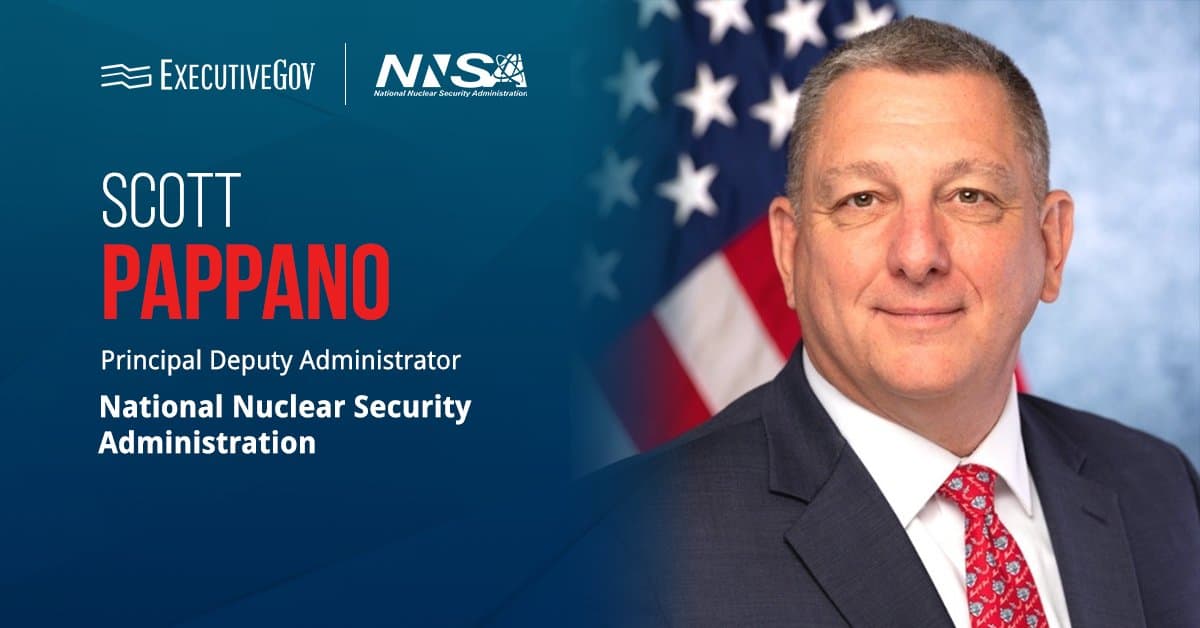NASA and Sierra Space mutually agreed to revise a previously awarded contract to send supplies to the International Space Station using the Dream Chaser spaceplane and its companion module, Shooting Star.
Instead of docking to the ISS, Dream Chaser will conduct a free flight demonstration in late 2026, the space agency said Thursday.
“Development of new space transportation systems is difficult and can take longer than what’s originally planned,” stated Dana Weigel, manager of the ISS program at NASA. “The ability to perform a flight demonstration can be a key enabler in a spacecraft’s development and readiness, as well as offering greater flexibility for NASA and Sierra Space.”
New NASA Contract Terms
In 2016, Sierra Space’s former parent company Sierra Nevada Corp. secured a Commercial Resupply Services-2, or CRS-2, contract to conduct a minimum of seven Dream Chaser flights to deliver cargo to the ISS. The company also received firm-fixed-price task orders for four Dream Chaser resupply missions to meet the needs of the space station.
Under the new deal, NASA revealed that it is “no longer obligated for a specific number of resupply missions,” but the agency may still order Dream Chaser flights to the space station following a successful free flight demonstration.
Sierra Space will also continue providing NASA with updates on the development of Dream Chaser.
Weigel noted the decision supports long-term planning as NASA and its partners prepare for the ISS’s deorbit in 2030.
Sierra Space won a CRS-2 contract alongside Northrop Grumman and SpaceX. The contracts have a maximum potential value of $14 billion, around $1.43 billion of which was obligated to Sierra Space, according to Tech Crunch.















